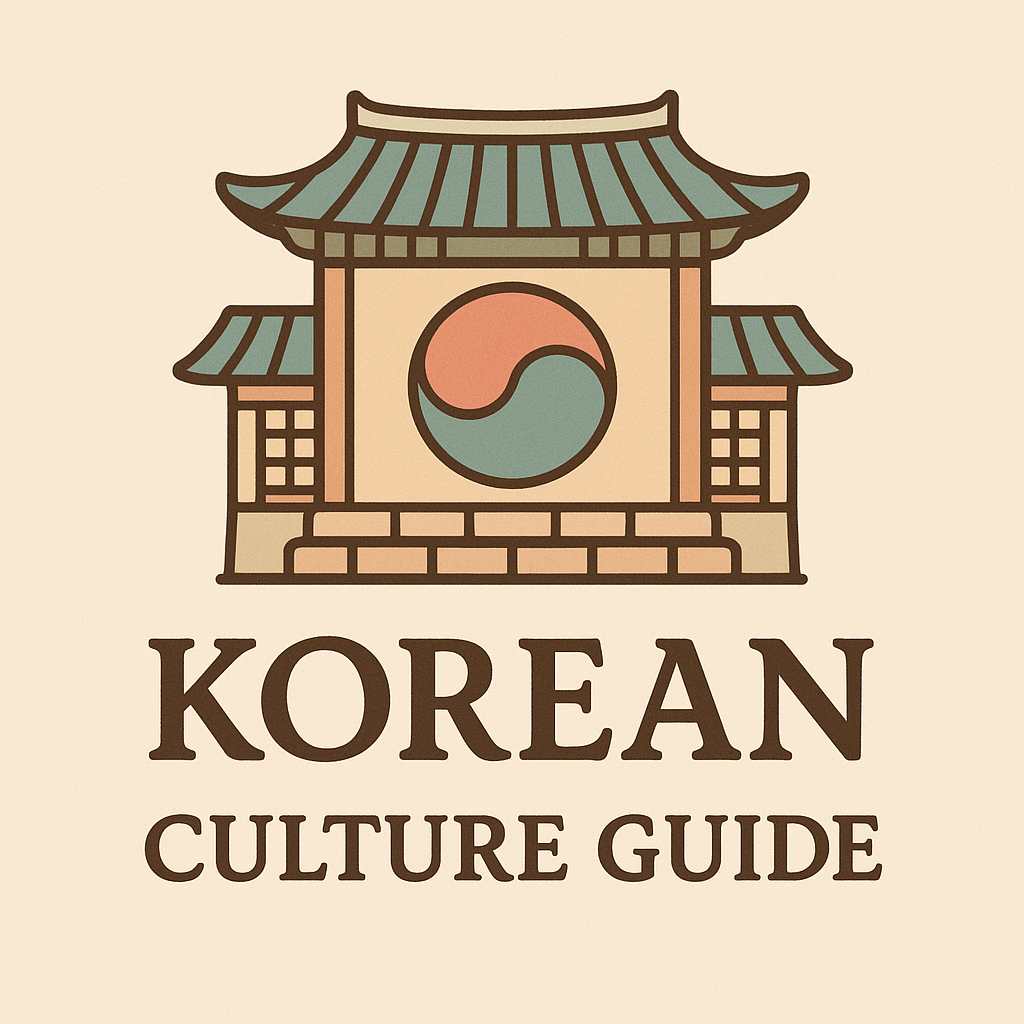-
contents
To understand why Koreans bow instead of hugging, we must look beyond simple gestures and explore a deeply rooted cultural philosophy. In Korea, bowing isn't just an alternative form of greeting—it's a powerful symbol of respect, humility, and relationship dynamics. This article dives into the historical, social, and emotional reasons why bowing became the dominant form of greeting in Korea, while hugging remained culturally distant. You'll discover how centuries of Confucian values shaped this custom, how modern generations are adapting, and why bowing remains one of Korea's most meaningful nonverbal expressions.
Why Do Koreans Bow Instead of Hug?
One of the first cultural differences that foreigners notice when visiting Korea is how people greet each other. While Western cultures often rely on hugs, handshakes, or cheek kisses to express affection or recognition, Koreans typically bow.
This might seem overly formal to some, but bowing in Korea is more than just a polite gesture. It’s an unspoken language of respect. When Koreans bow, they are not only saying “hello” or “thank you,” but they are also expressing humility, deference, and consideration for the other person.
This behavior is rooted in the idea that one’s body and demeanor should reflect inner values like respect and sincerity.
Confucian Roots: How Philosophy Shaped Korean Etiquette
To understand why bowing holds such importance in Korea, we must explore its Confucian roots. During the Joseon Dynasty, Confucianism became deeply embedded in Korean society, influencing everything from family dynamics to public behavior.
Confucianism emphasizes respect for elders, social harmony, and clearly defined hierarchies. Bowing became a visual and physical way to demonstrate one's place in these social structures.
It was not merely a greeting—it was a moral obligation. Children bowed to their parents, students to teachers, and citizens to authority figures. This tradition endured for centuries, becoming an integral part of Korean identity and daily life.
Why Hugging Never Took Root in Korean Culture
While hugging is often seen as a warm and friendly gesture in Western cultures, it never became a norm in traditional Korean society. One reason is the more indirect and reserved emotional expression preferred by many Koreans.
Public displays of affection—especially between men and women—were traditionally viewed as inappropriate. Even among close friends or family members, physical contact was limited. Instead of expressing warmth through touch, Koreans have historically favored subtle gestures, respectful language, and careful tone. Bowing fit seamlessly into this cultural preference.
It allowed individuals to show respect and connection without crossing boundaries of comfort or modesty.
Generational Shifts: How Young Koreans Greet Today
As Korea becomes more globalized, younger generations are adopting new ways to express emotion and build relationships. Hugs, handshakes, and even high-fives have become increasingly common among friends, especially those who have studied or traveled abroad. You’ll even see some K-pop idols hugging fans or each other onstage.
However, traditional bowing still remains the standard in more formal or respectful situations—such as greeting elders, during ceremonies, or in business contexts. The way Koreans greet each other is evolving, but the cultural weight of bowing continues to anchor Korean manners in a uniquely respectful tradition.
Bowing as a Language of Relationships
Bowing in Korea isn’t just about politeness—it’s a nuanced, silent language that conveys emotion, intention, and relationship dynamics. A deep bow with both hands at the side can express deep apology or gratitude. A slight nod might indicate casual respect among peers.
During major holidays like Chuseok or Seollal (Korean New Year), people bow deeply to their elders and ancestors to express reverence and filial duty. In a society that places great value on hierarchy and harmony, bowing visually communicates roles, feelings, and mutual recognition without a single word. It is, in essence, the grammar of Korean respect.

The Future of Korean Greetings: Can Bowing and Hugging Coexist?
In today’s interconnected world, cultures blend and adapt more rapidly than ever. While bowing remains Korea’s most traditional and respected form of greeting, hugging is gradually becoming more accepted—especially among the younger, globally-minded generation. Rather than one replacing the other, both forms of greeting may find their place depending on context.
In formal settings or when meeting someone older, a bow remains appropriate. Among friends or in emotional reunions, a hug might feel natural. This duality reflects Korea’s evolving identity: deeply respectful of its past, yet open to meaningful cultural change. In the end, both bowing and hugging serve the same purpose—to connect, express, and honor the human bond.
'culture' 카테고리의 다른 글
K_Culture Guide
Korea Vibes Blog shares real stories, cultural insights, and travel tips from Korea. Discover what makes Korean life so unique.
